Dole Food Company, a global food producer, has committed to fight food waste with new packaging solutions centered around rejected fruit. Within five years, it hopes to repurpose food waste at all levels.
The billion-dollar banana-maker launched an ambitious plan to eliminate fossil-based plastic packaging by 2025 and reach net-zero carbon emissions by 2030.
The banana, the world’s most popular fruit, faces large waste along the supply chain compared to other foods. These too-often lost treats waste precious energy and money for Dole, and nutrients for the end-user.
As part of its corporate initiative, Dole kicked-off a committed R&D plan. The talking points include turning pineapple skins and banana leaves into repurposed packaging, transforming rejected produce into new snacks, and shaping food into electricity. The electricity would power its processing plants using biogas technology.
Dole fights food waste
“If food waste were a country, it would come in third after the United States and China in terms of impact on global warming,” says Dole president Pier Luigi Sigismondi.
“This is absolutely important, as it is connected and interdependent in many ways. When we waste fruit or food, we also waste all the energy and water it takes to grow, harvest, transport, and package it. And if it goes to the landfill and rots, it produces methane—a greenhouse gas even more potent than carbon dioxide.”
Supply chain workers reject food mostly due to harsh superficial standards in the industry. In other words, this fruit is edible, it just doesn’t look pretty enough to display on a shelf. Some startups like Imperfect Foods, already source and resell unwanted fruit from Dole. With wasted profits and clear environmental impact, Dole is researching new ways to ‘upcycle’ these rejects and put them to work.
Banana leaf, pineapple packaging
Dole is exploring a few methods: creating compostable packaging from pulp from banana leaves or pineapple skins. The goal is to convert plastic packaging into creative solutions that are biodegradable and able to be repurposed.
Keep in mind that the company primarily focuses on fruit gone to waste between seed to shelf. Dole needs more work to reduce waste at the retail and consumer level. If you head to the supermarket, you can still grab a plastic-wrapped peach cup with Dole slapped across the label. We’ll refrain from being too harsh. While it would be nice to see a turnkey solution beyond banana waste, beginning with the supply chain is a good start.
We’ll have to wait and see how other food-producers respond while Dole fights food waste. The goal-setting sustainability trend continues, and only time will tell whether R&D goal-making converts into tangible results. In the meantime, you can feel a little bit better about your next purchase of a Nicaraguan-born Dole banana.
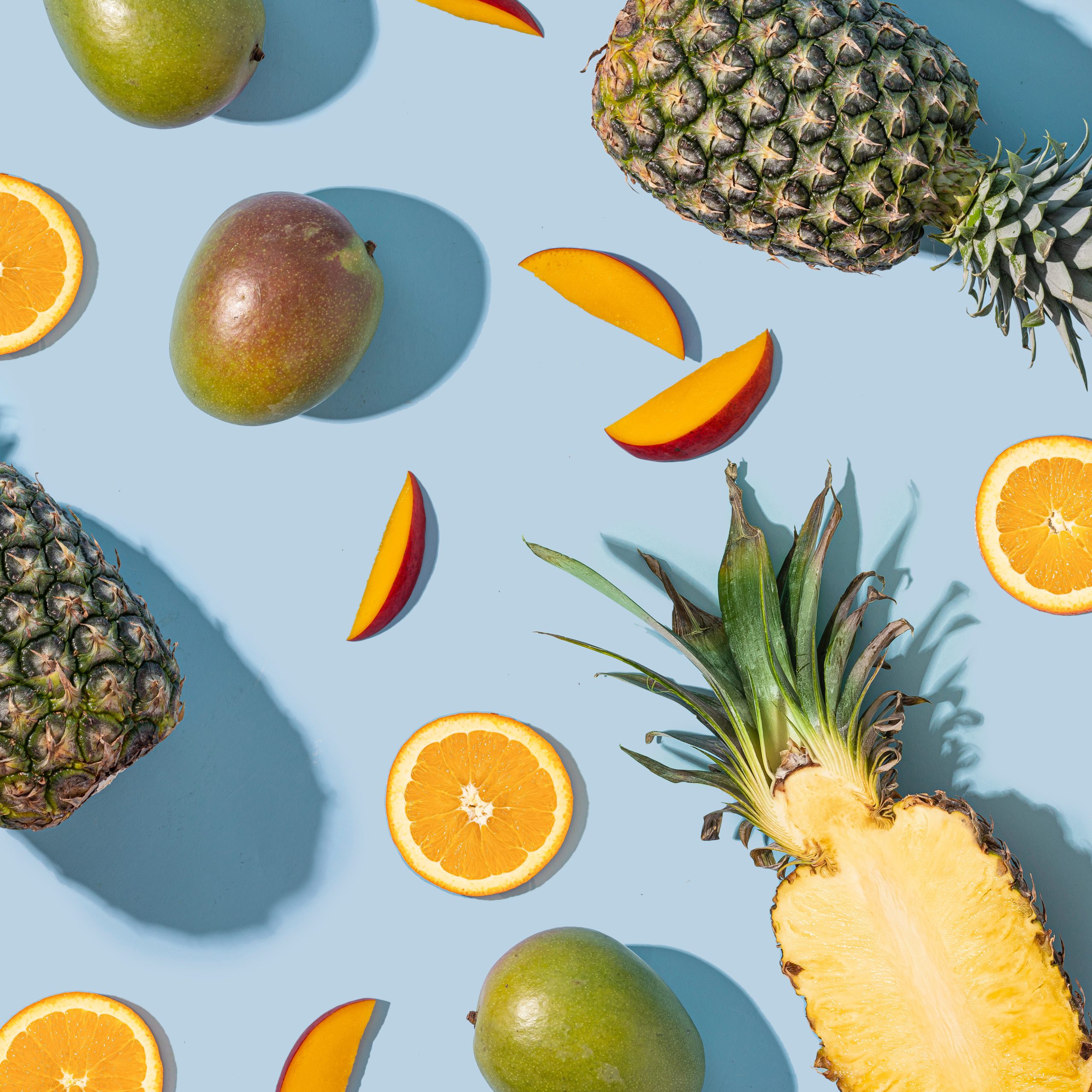



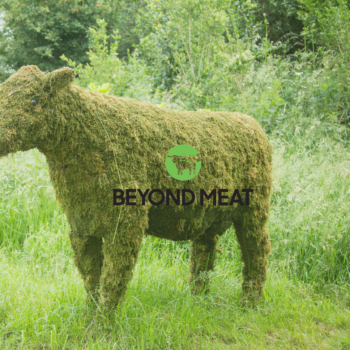
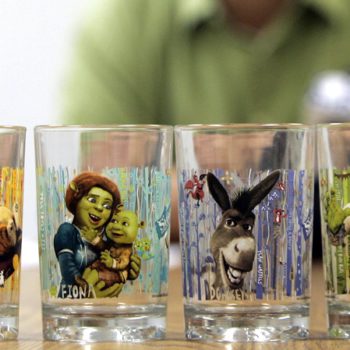
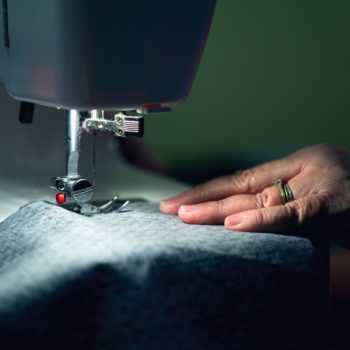

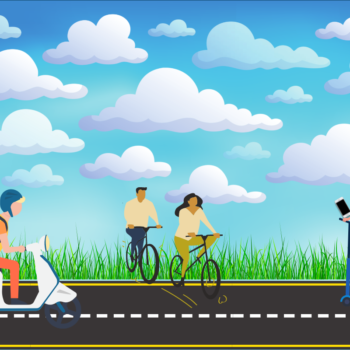
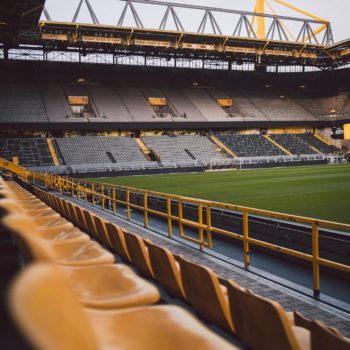



No Comments